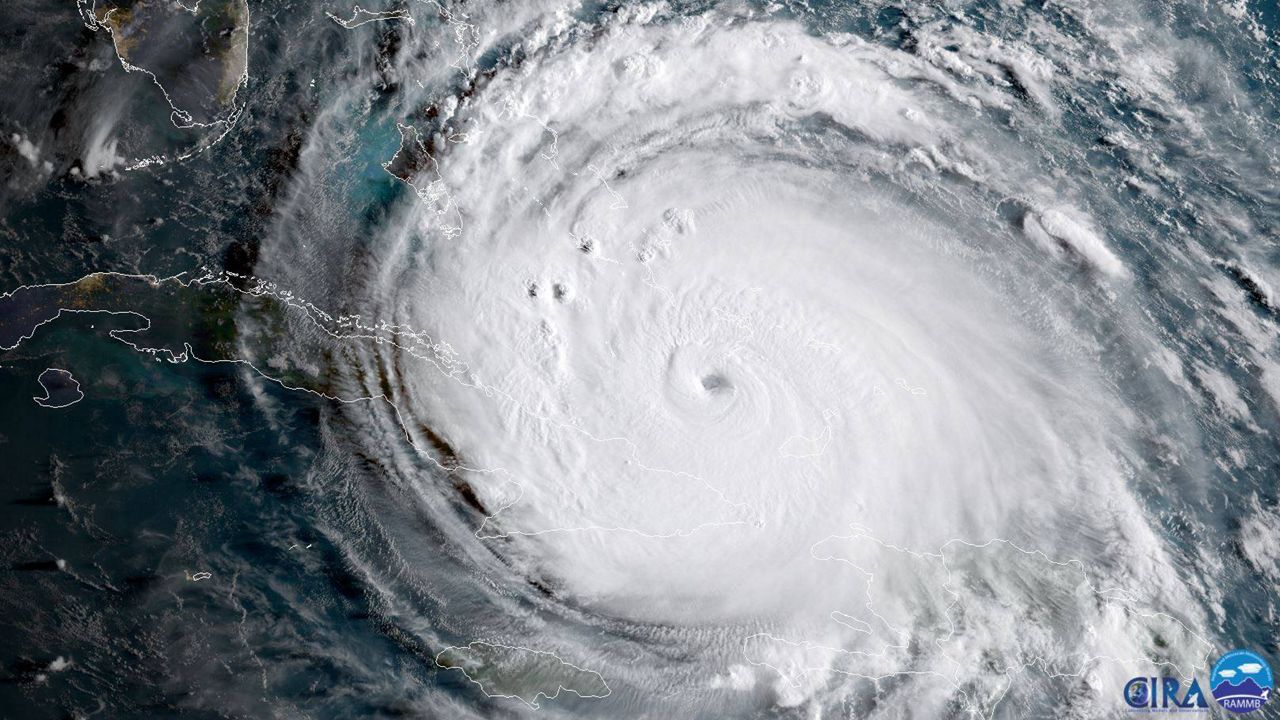There’s a new study from the University of Miami Rosenstiel School of Marine and Atmospheric Science about how hurricanes affect the behavior of large sharks.
The results show that some species swam away from the storms while others swarmed.
Researchers wanted to know more about how large sharks respond to hurricanes because they expect these storms to become more intense due to climate change.
Past studies showed that smaller sharks left areas ahead of storms, but there were no studies on large sharks.
Large sharks are known as apex predators. They are at the top of the food chain and impact all marine life in their ecosystems. Knowing the impact of storms on them is important when predicting how our oceans could change in the coming years.
There was a lot of preparation to make this research possible. One of the hardest parts was finding the subjects.
The study team tagged 98 sharks over three years. They caught most of these sharks on a fishing line and brought them on board a dive platform or alongside a boat, where they attached a tag.
The tags gave off a radio signal which allowed researchers to track them.
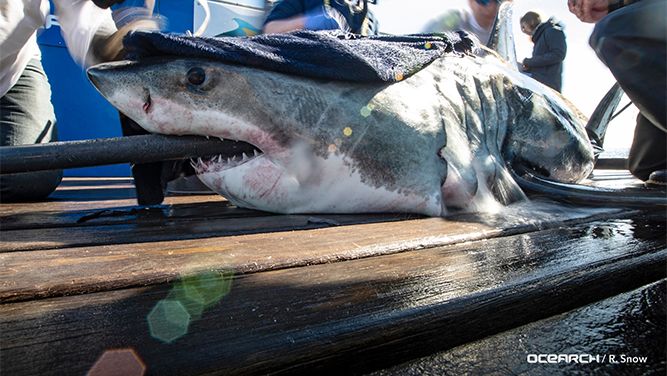
They constructed a network of acoustic telemetry receivers in the study areas of Florida and the Bahamas to track the sharks.
Sixty-four of these receivers, which are like underwater microphones, were anchored to the ocean floor between 2014 and 2016.
Next, the researchers had to wait for hurricanes to move into their study areas. It didn’t take long. Hurricane Matthew hit in the fall of 2016, and Irma arrived in 2017.
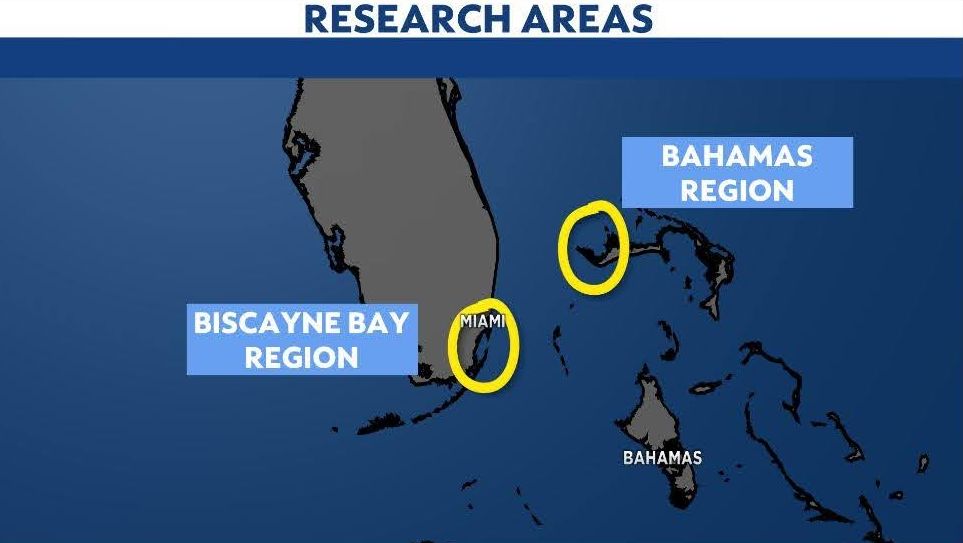
The eye of Matthew made a direct hit on the Bahamas research area. There were winds of over 140 mph, but the Tiger sharks didn’t flinch.
The study showed that during the storm, the number of sharks remained steady.
After the storm, the scientists observed something they hadn’t expected. In the days after landfall, the number of Tiger sharks doubled.
The experts think that the sharks doubled because of the increase of scavenging opportunities from the storm killing marine life. This behavior was the opposite of what happened in previous studies involving small sharks.
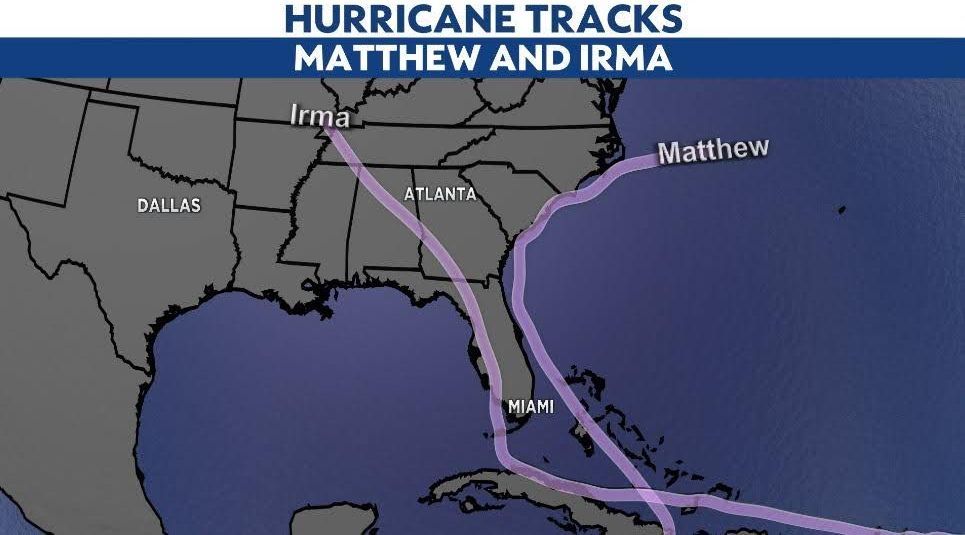
A year later, the shark team got another chance to see how large sharks react to hurricanes.
In September 2017, Irma barreled through the Caribbean and then passed to the Northwest of the research area in Biscayne Bay, Florida.
When it hit, it wasn’t as strong as Matthew, but the area still saw significant winds, waves and low barometric pressure.
Sharks can feel changes in atmospheric pressure through a sensitive inner ear and organ unique to many fish called lateral lines. The Nurse, Bull and Hammerhead sharks all fled the area before the storm arrived.
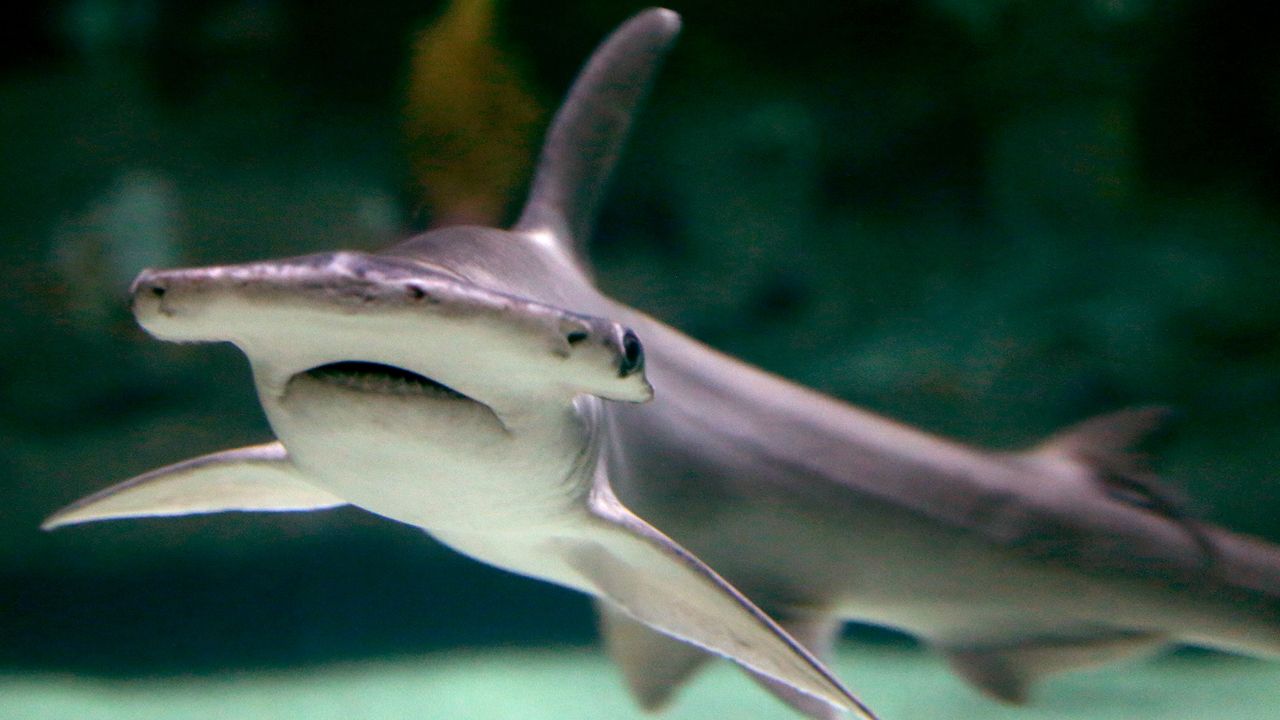
The fleeing behavior seen in Biscayne Bay with the Nurse, Bull and Hammerhead sharks wasn’t surprising, but the reaction of the Tiger sharks in the Bahamas was.
The researchers were amazed that they didn’t seem to feel the effects of a Category 5 hurricane.
Also, there are new questions. Are some shark species attracted to areas recently hit by a hurricane? Can they track the storm with their lateral lines and inner ear?
Researchers aren’t sure, but they know that some sharks aren’t scared of a Category 5 hurricane.

